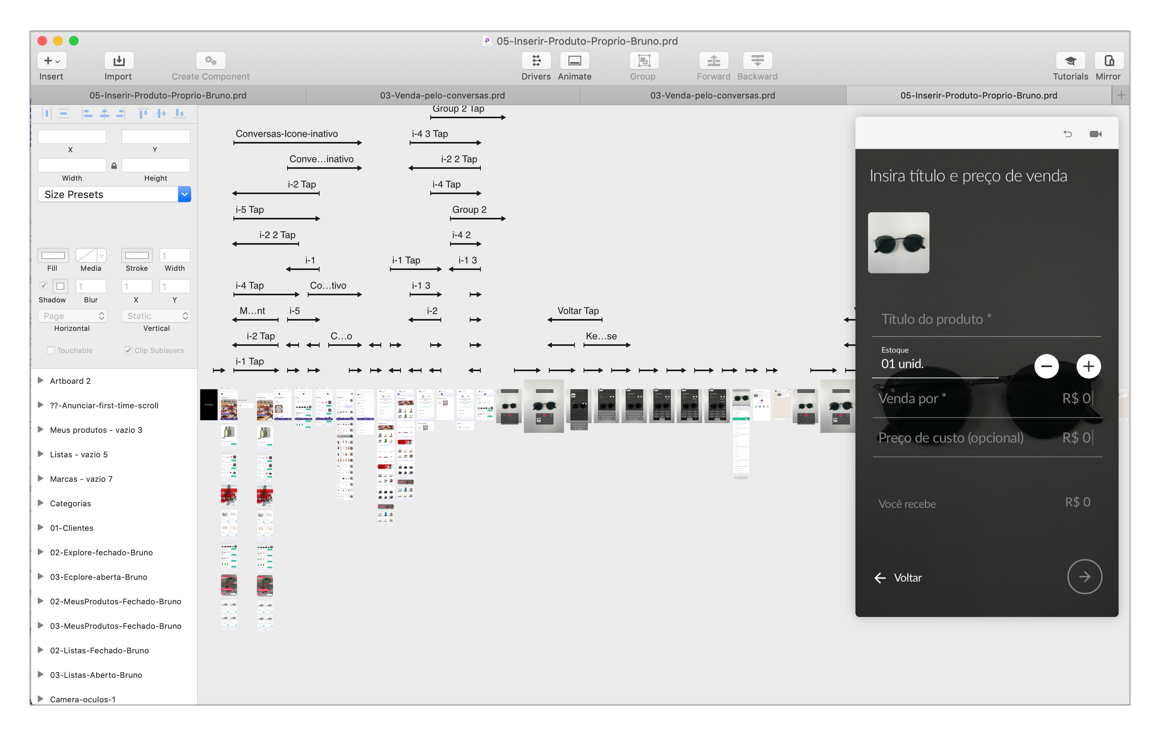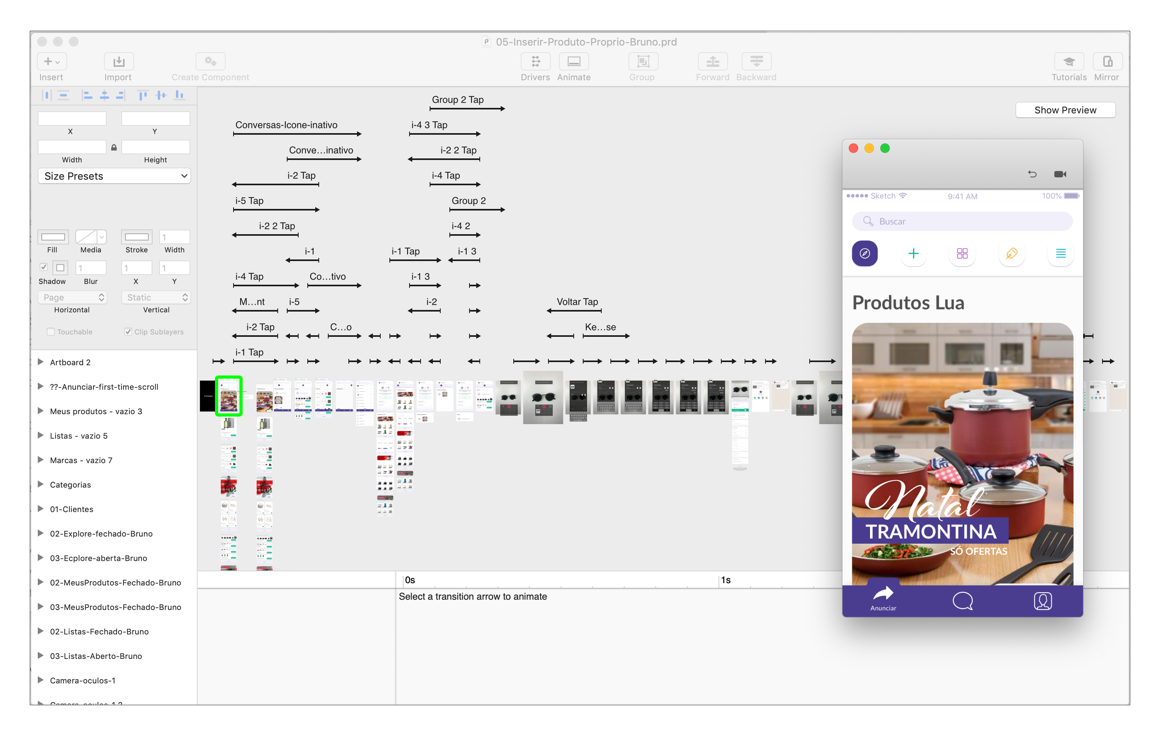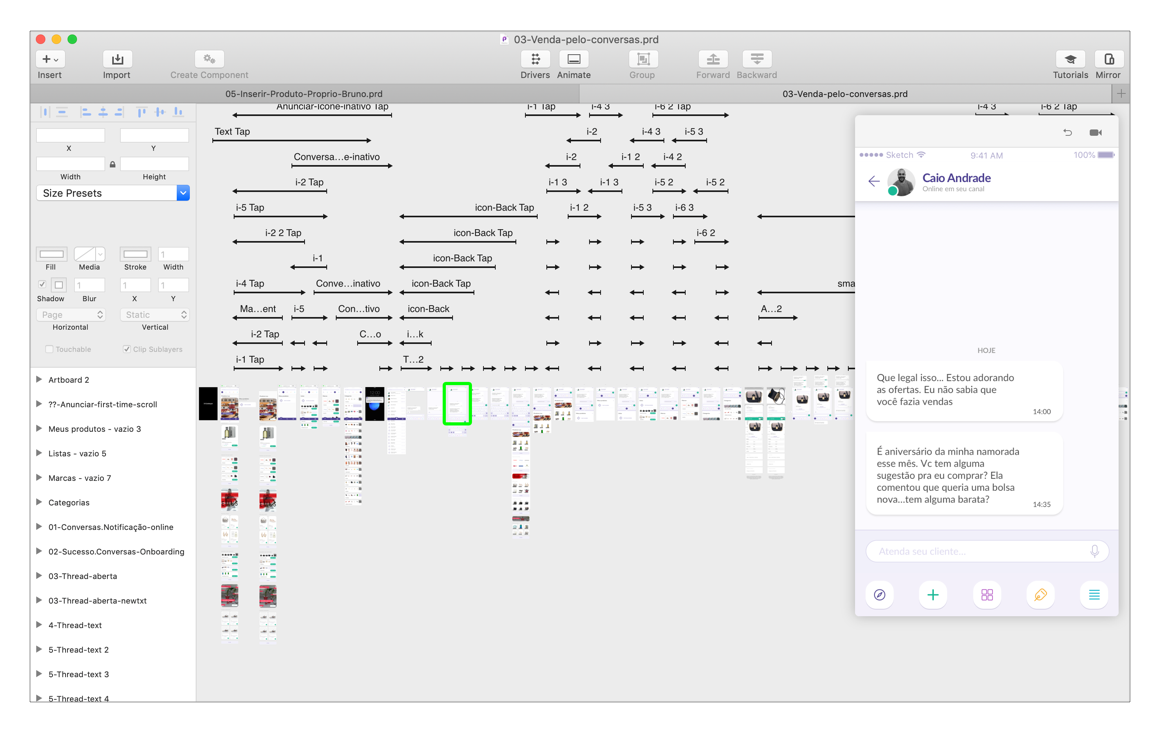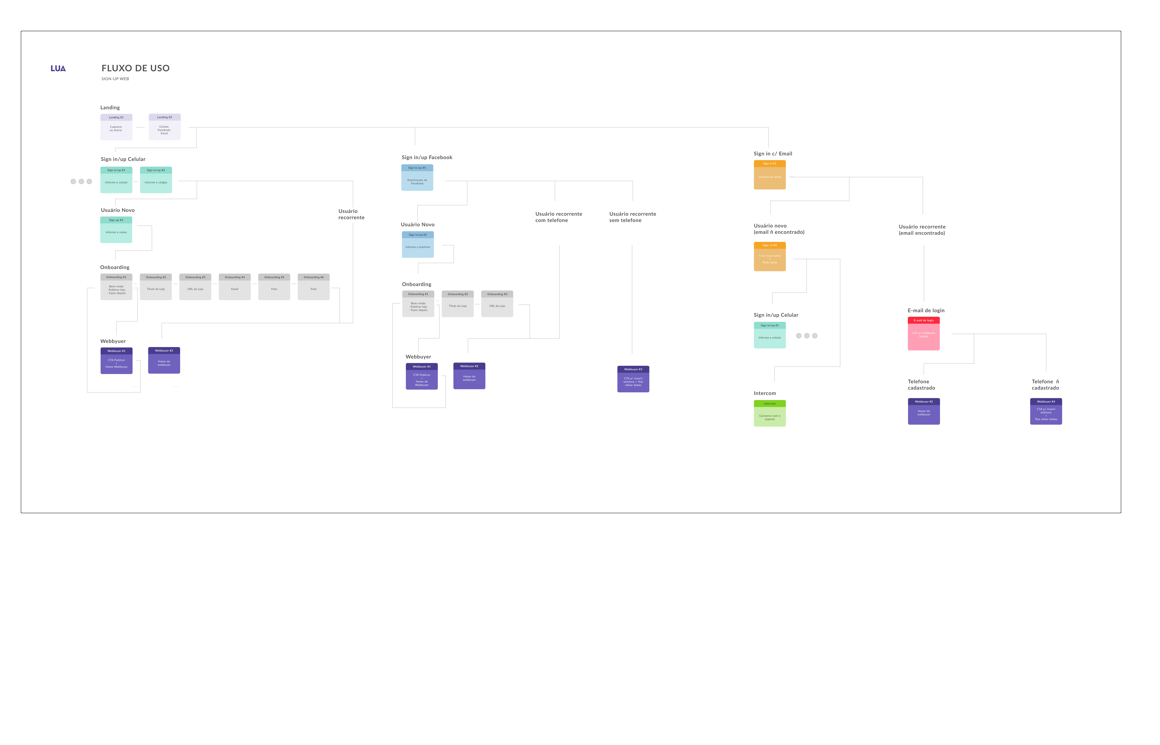Helping independent sellers to start and boost their online business with Lua's web app
Leading the design of the web application Lua, the Brazilian startup that foster entrepreneurship connecting individual sellers with suppliers and buyers.
Client: Lua
My roles: Design Lead, UX / UI, Facilitator
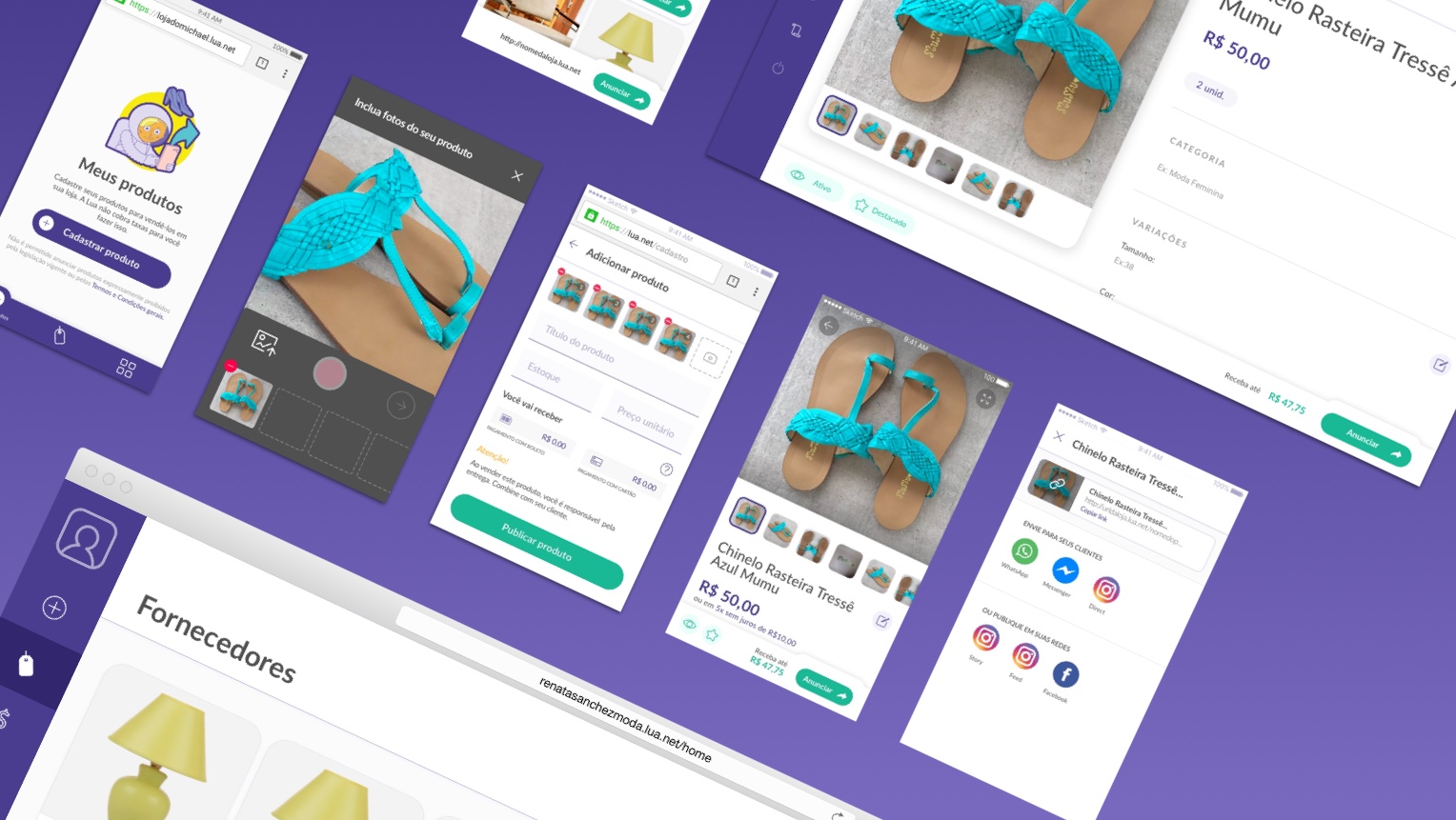
The Challenge
Lua allows hundreds of thousands of individual sellers in Brazil to have their e-commerce with zero costs. Once users create their account, each receives its unique online store already "filled" with products, that they can promote and earn commissions from 10% to 20% of the selling price. Despite the enormous interest in the service (more than 700k people downloaded the app), retention metrics don't meet the expectations. Most of the users never get to sell something, and those who do, usually give up after three months. The high performing sellers don't make margins high enough to consider Lua as their primary income resource. How can we improve retention metrics? How can Lua become an income resource that really makes the difference on the sellers household budget?
The Outcome
A new version of the company's application, Lua 4.0, was designed and built preserving the current app reselling features while adding the ability for sellers to include their own products and defining their desired margins. My greatest contribution to this project is the Snap Sell feature - a fast way to upload, share and sell a product. The idea came after talking and observing how sellers opperate nowadays.
My role
As the Design Lead, my work on this project included shaping the vision for the user experience, and facilitating design sessions with other designers, staff from different departments and stakeholders. At times of research, I acted as the front-man during the interviews and usability tests. Later on, during the development phase, I worked alongside a PO and the developers on reviewing the documentation, negotiating deliverables and approving the MVP (Minimum Viable Product).

The insight
Brasil has a community of 15 million people that resell goods informally. These people are known as "Sacoleiros". They travel to big cities like Sao Paulo to buy products and resell at a 100% margin profit in their hometowns. By pivoting its business model to target the "Sacoleiros", and allowing the users to upload their product in their stores, Lua expects to increase its retention rate and be ready for scaling.
Prototyping
A team of four designers, including myself, worked collaboratively over three weeks to create a high-fidelity prototypes based on the definitions made during the strategy sessions. I was more involved in working in the architecture, navigation flows, and eventually producing some interface screens as well. Working in a studio-like fashion, we all created, shared, collected feedback, and as we progressed, built on top of each other's work.
Examples of user flows and animated prototypes made with Principle.
Testing
We ran the test with sellers in two phases. The first took place in a controlled environment. I would run the test with the user in one room, while the other designers watched from a different room. We selected people that already worked as independent sellers but who had never heard of Lua before. After the test, we worked on the prototype’s weaker spots. For the second iteration, we went on a field trip to recruit sellers in their more natural habitat.
Bras, Sao Paulo's neighborhood famous for its wholesale shops, seemed like the ideal place to recruit testers. The Sacoleiros come from different parts of Brasil to visit Bras everyday to buy products (mostly clothes) and resell in their home cities. Conducting a test in an environment where the tester is usually in a hurry and is not expected to help a stranger was hard, however it was beneficial for having less biased feedback from people.
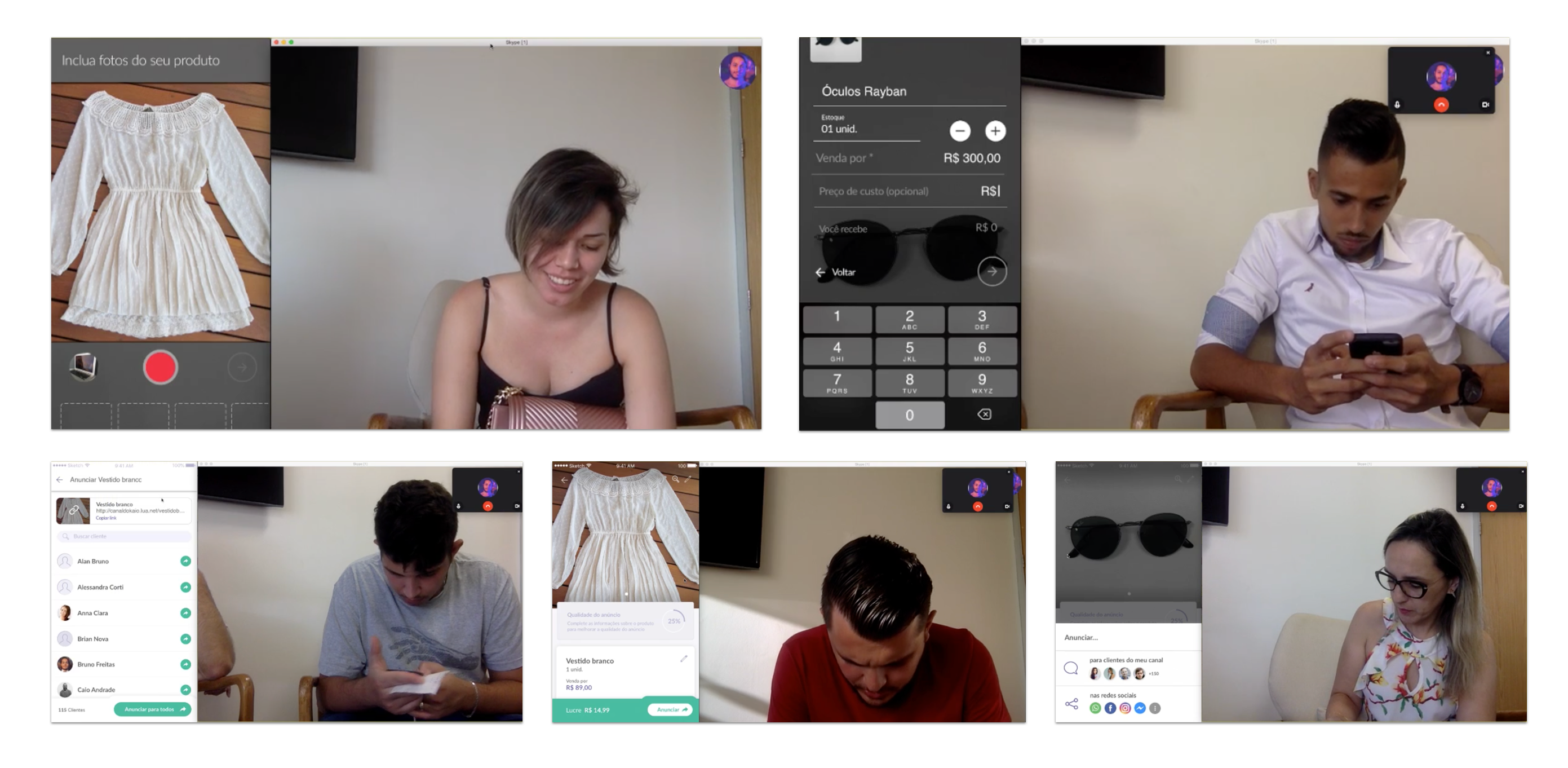
The Snap Sell feature
The insight of targeting the Sacoleiros influenced the prioritization of a featured we named Snap Sell. It gives the seller the ability to insert their products in their store. However, instead of filling in lengthy forms typical of regular marketplaces, we decided to allow sellers to share their products and a check out page with clients as fast as possible.

Screen recording showing the onboarding and the snap sell feature as launched, after inputs from the dev team and prioritization of functionalities
The Snap Sell feature is my greatest contribution to this project and inspiration taken from interviews with sellers, who preferred direct communication services (i.e., Whatsapp or Instagram Direct) instead of traditional market places and their long forms. To make a new product available using snap sell, sellers only need to insert a picture, title, price, and number of units. And that's it. The seller can jump ahead and share the link with their clients. The Snap Sell feature facilitates on-demand purchases from buyers.
At any time, the seller can come back and add details to the product page such as category, brand, description, variations, etc. The info will make the page look better and easier to find when the buyer uses the store search tool. However, they are not mandatory to make the product available for purchase. With Snap Sell, we want to make the path between seller and buyer the shortest possible, and any doubt the buyer might have can be answered by the seller directly once he/she shares the link through any messaging channel.
Credits
Pedro Bronka, Tatiana Karpisketch, Eduardo Morelli (Designers), Lucas Santos(CTO), Mateus Santana, Jorge Camargo, Mauricio Alves, Diego Rates, Rafael Cavalcante (Developers), Eduardo Kuramoto, Breno Alves (Project Managers), Marcos de Moraes (CEO).
Year
2018 - 2019
Edson Soares
© 2025 Edson Soares
